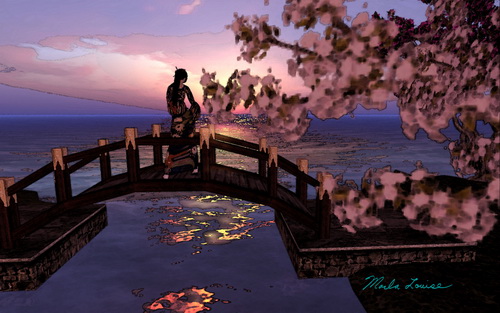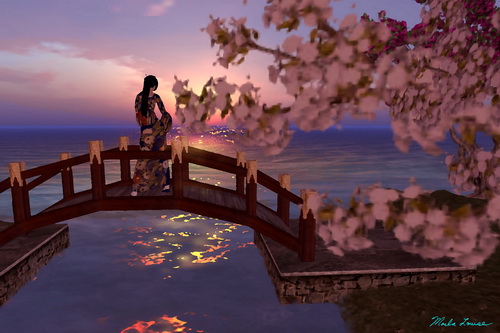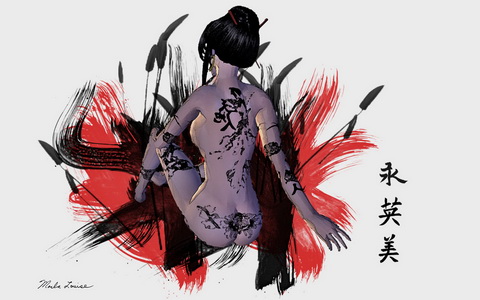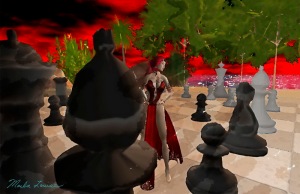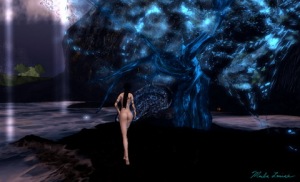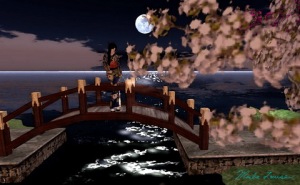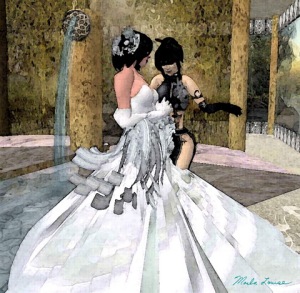As a digital artist, did I get you attention in saying I was rejecting my chosen media? Not really, it’s more that I am questioning and perhaps rejecting the label “Digital Art”. The reason for this is that it is not very descriptive and also not very communicative.
Think about this for a second, with today’s technology, almost all music is ‘digital’. It’s recorded digitally, it’s mixed digitally, it’s modified digitally, and it’s stored digitally in my MP3 player. So why do we not call music ‘digital art’?
Because with music, what is important is the musical artist and the artist creations, the digital aspects are just tools for managing that music. Also, since almost all music involves digital tools (including live music), calling it digital would not tell us much.
Is this different than visual art? Maybe. Unlike music, there is multiple genre’s of visual art that use minimal to no digital technology. So the label ‘digital’ does describe some subset of all visual art.
As I discussed in my last post, in the early days ‘digital art’ described only a very small percentage of all art, but times are changing. Digital art is encompassing more and more of all visual art. For example, a very large percentage of photography is now digital.
And what we call digital art is dividing itself into a multiple of artistic forms. Consider this list from itechsquad…
* Artistic computer game modification
* Ascii Art
* Bio Art
* Computer art
* Digital poetry
* Tradigital art
* Electronic art
* Evolutionary art
* Generative art
* Hacktivism
* Information art
* Interactive art
* Internet art
* Net art
* Performance art
* Radio art
* Robotic art
* Software art
* Sound art
* Systems art
* Video art
* Virtual art
So, is it time we dumped the label ‘Digital Art’?
Marla



